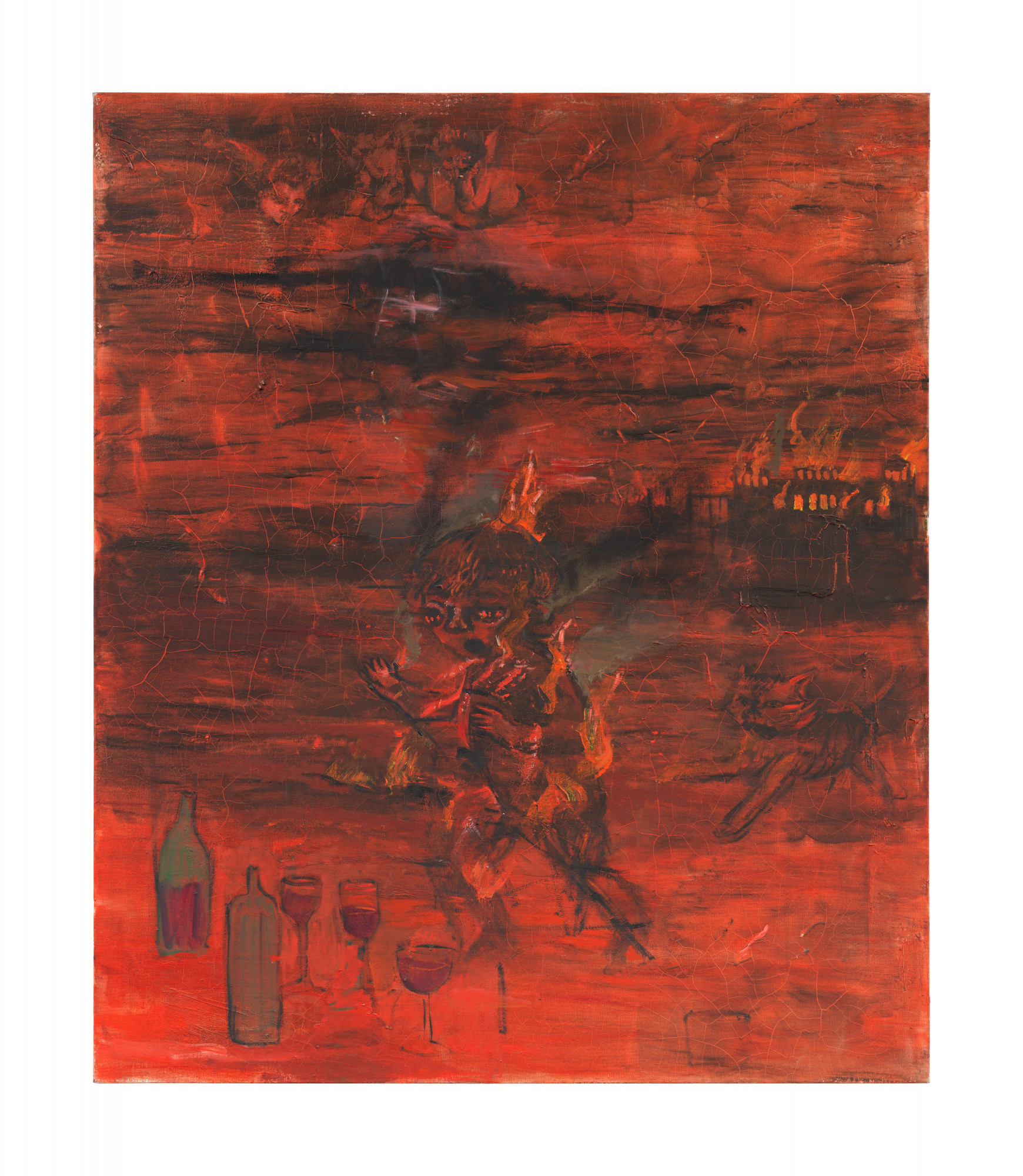Galerie Barbara Weiss
Berlin
Amelie von Wulffen
Der Tote im Sumpf
Sep 15, 2016
Nov 12, 2016


In the body of work she has created since 2011, Amelie von Wulffen has reconceived and interpreted anew the medium of oil on canvas, so often regarded obsolete. For her first exhibition at Galerie Barbara Weiss she presents a selection of particularly relevant and layered paintings. These paintings revolve around suppers and grotesque scenes. The former are governed by an uncanny and brooding sense of the home, reinforced by the exhibition title, which could have been taken from a TV crime series. In the latter group of paintings monster-like creatures inhabit the scenes.
The architecture of this pictorial space is based on the juxtaposition of independent parts. This is mediated by way of the painting itself, which is presented as a process. In von Wulffen´s work, even painterly gestures located in close proximity can be appropriated from a variety of styles. Thus impressionist, cubist or informal references are present, as well as others that seem to stem from hobby painting. The mood is reminiscent of symbolic and surrealist painting. By way of this detour, bringing together disparate forms and compositions, genres such as the interior, the animal image and the veduta are evoked.
Table scenes are familiar from the work of Gustave Caillebotte or Franz Defregger. From the latter von Wulffen appropriated several depressing rural tableaus, while from Caillebotte she included a bleak upper-class dining-room scene. The oral and social pleasure of ingestion is here depicted with a sense of embarrassment. After all, dinners are not only outwardly but also inwardly completed events. In von Wulffen’s understanding this unease suggests mendacity and the unspoken, but also attests to the imbalance of power between the few and the many; one which might be encountered not only within groups of farmers, or Nazis, but among artist groups, too.
Table scenes are familiar from the work of Gustave Caillebotte or Franz Defregger. From the latter von Wulffen appropriated several depressing rural tableaus, while from Caillebotte she included a bleak upper-class dining-room scene. The oral and social pleasure of ingestion is here depicted with a sense of embarrassment. After all, dinners are not only outwardly but also inwardly completed events. In von Wulffen’s understanding this unease suggests mendacity and the unspoken, but also attests to the imbalance of power between the few and the many; one which might be encountered not only within groups of farmers, or Nazis, but among artist groups, too.
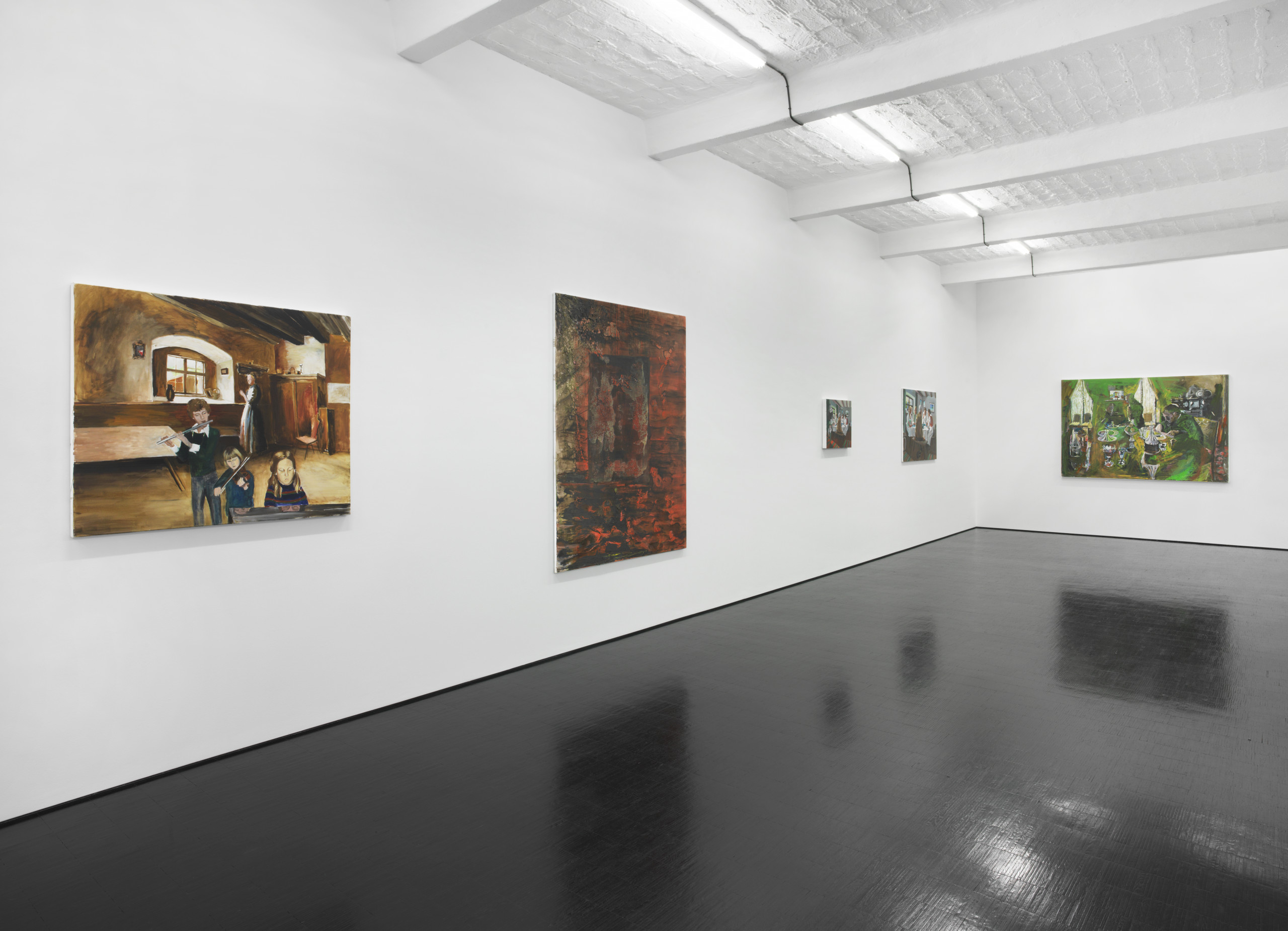
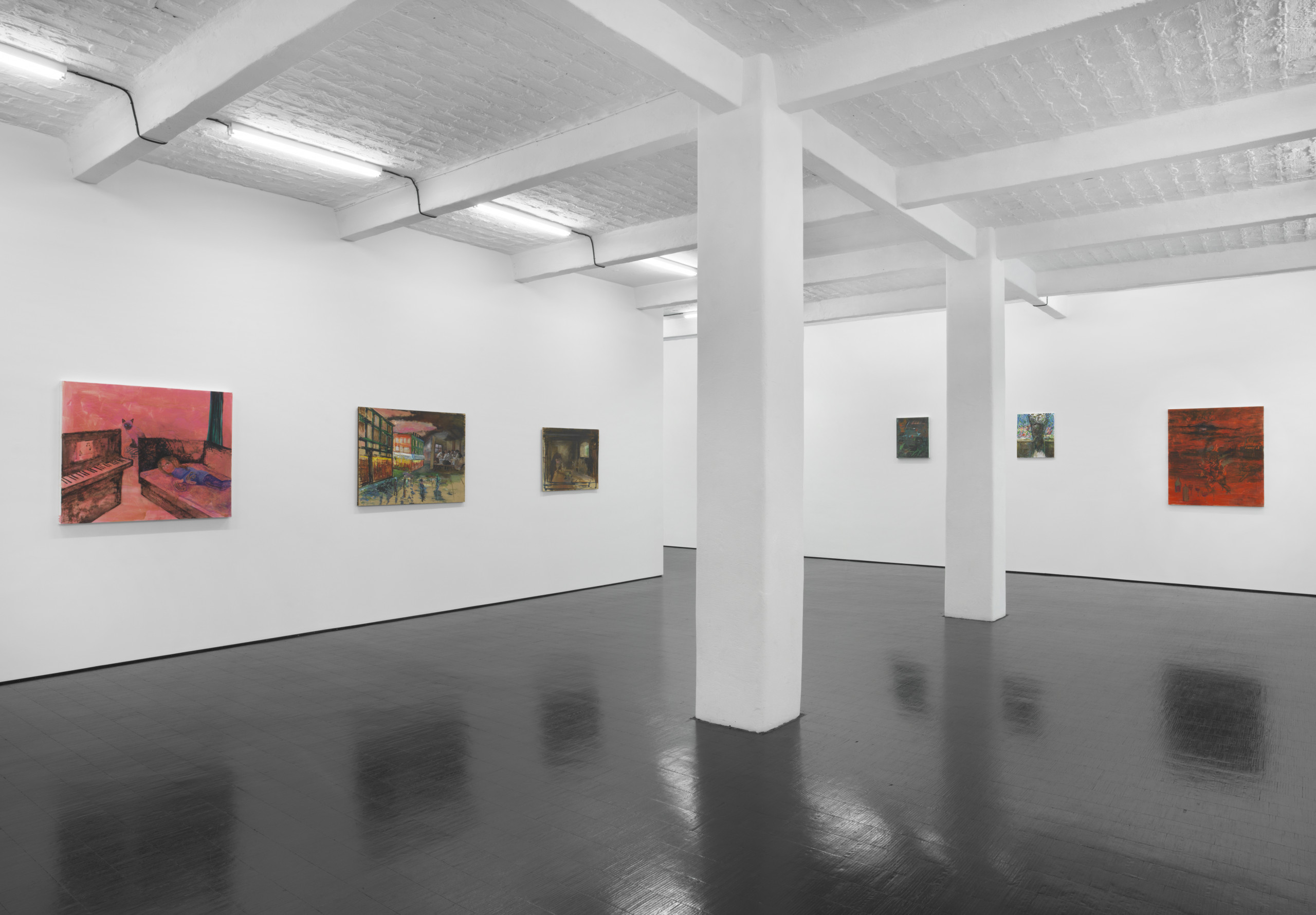
Time and again the shadow cast by National Socialism upon the spirit of the following generations returns as an important theme for the artist. Heidegger and Martin Buber brood around a table about questions of Heidegger’s personal, and German national, guilt; a portrait of Paul Celan hovers over another – while a young child weeps for Celan’s suicide his family silently gulps down the soup. One can perceive a new form of historical-painting in these images, one that includes a psychological dimension. In von Wulffen’s grotesque images the historical reflex is only barely audible as a faint murmur. Nazis no longer sit around the table, but rather feline monsters, busy brawling over piles of shit and money as if over an inheritance. Not only are von Wulffen’s grotesque scenes funnier, cartoonier and more liberal with their coloring than her table-scenes but also they almost presuppose exaggeration and strangeness. This fantasy world bustling with cherubs, maggots and other monsters, is based upon the possibility of the most free form of invention, to which painting has always found easy access. In this sense the painterly and the narrative are mutually dependent.
Even when these demons are cute and fairy-tale like, they have a psychotic side to them. This is the shadow cast over these images, within which little girls kill cats, comfort insects, or flee burning from a still blazing fire. Amelie von Wulffen once said, “I try to narrate extreme emotional things”. These images thematize fear, inhibition, sorrow, and anxiety, though they themselves are neither fearful, nor inhibited or anxious.
Manfred Hermes
Excerpt from the essay Painting as Monstrosity in the forthcoming monograph Amelie von Wulffen, publ. by Studio Voltaire, London, Pinakothek der Moderne, München, and Koenig Books, London, in February 2017.

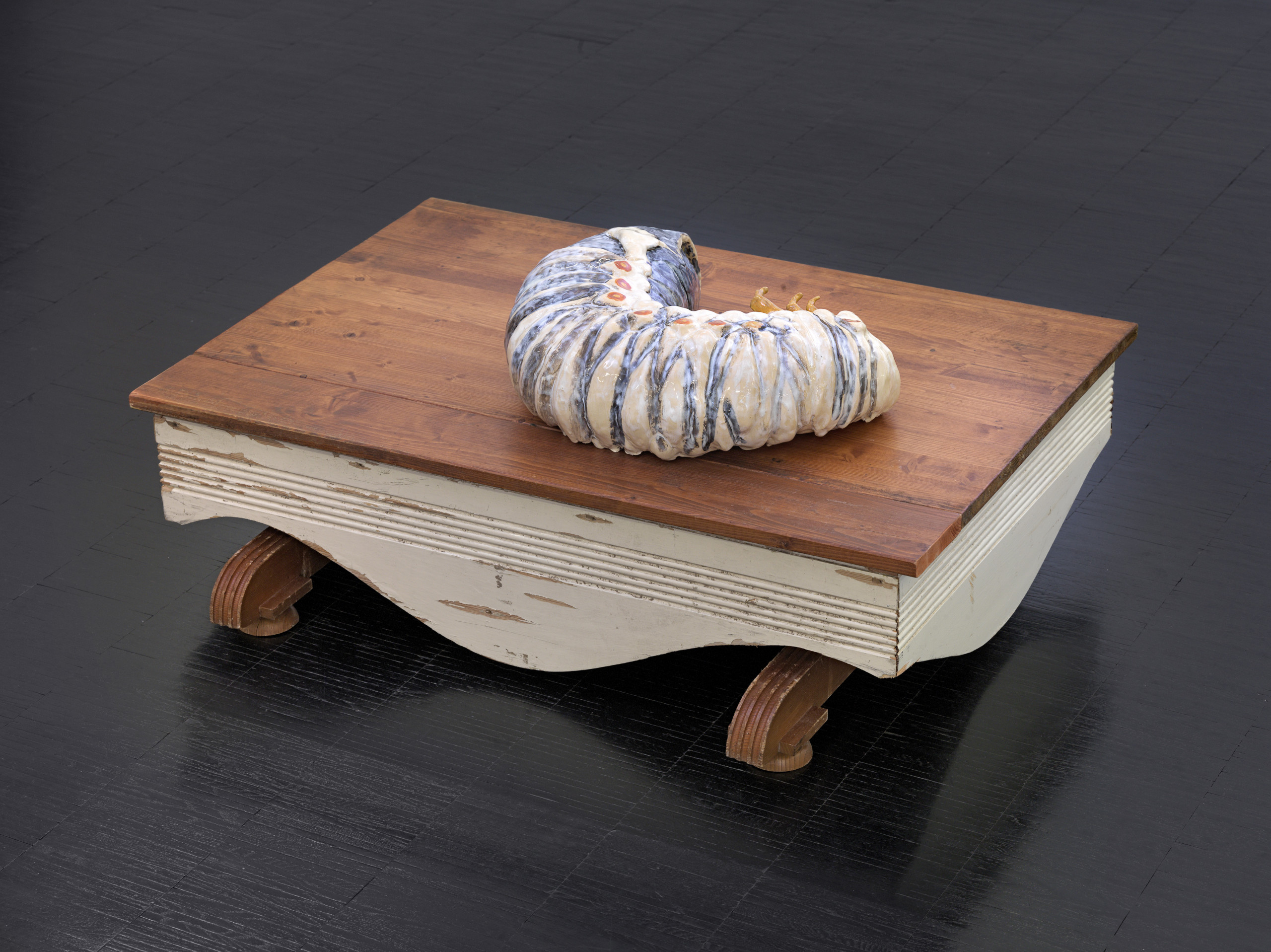
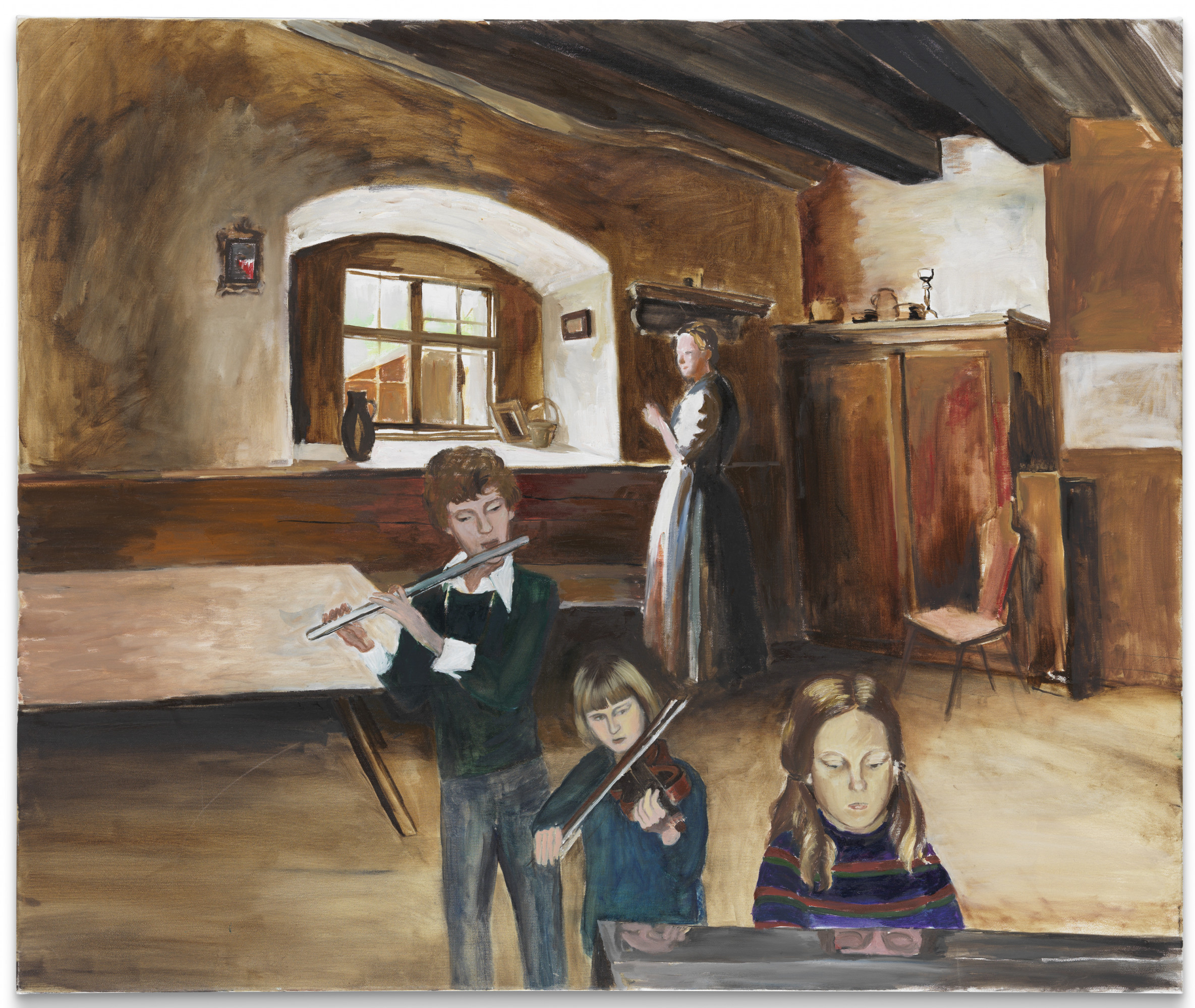
ohne Titel, 2016
oil on canvas
100 x 120 cm
39 1/3 x 47 1/4 in
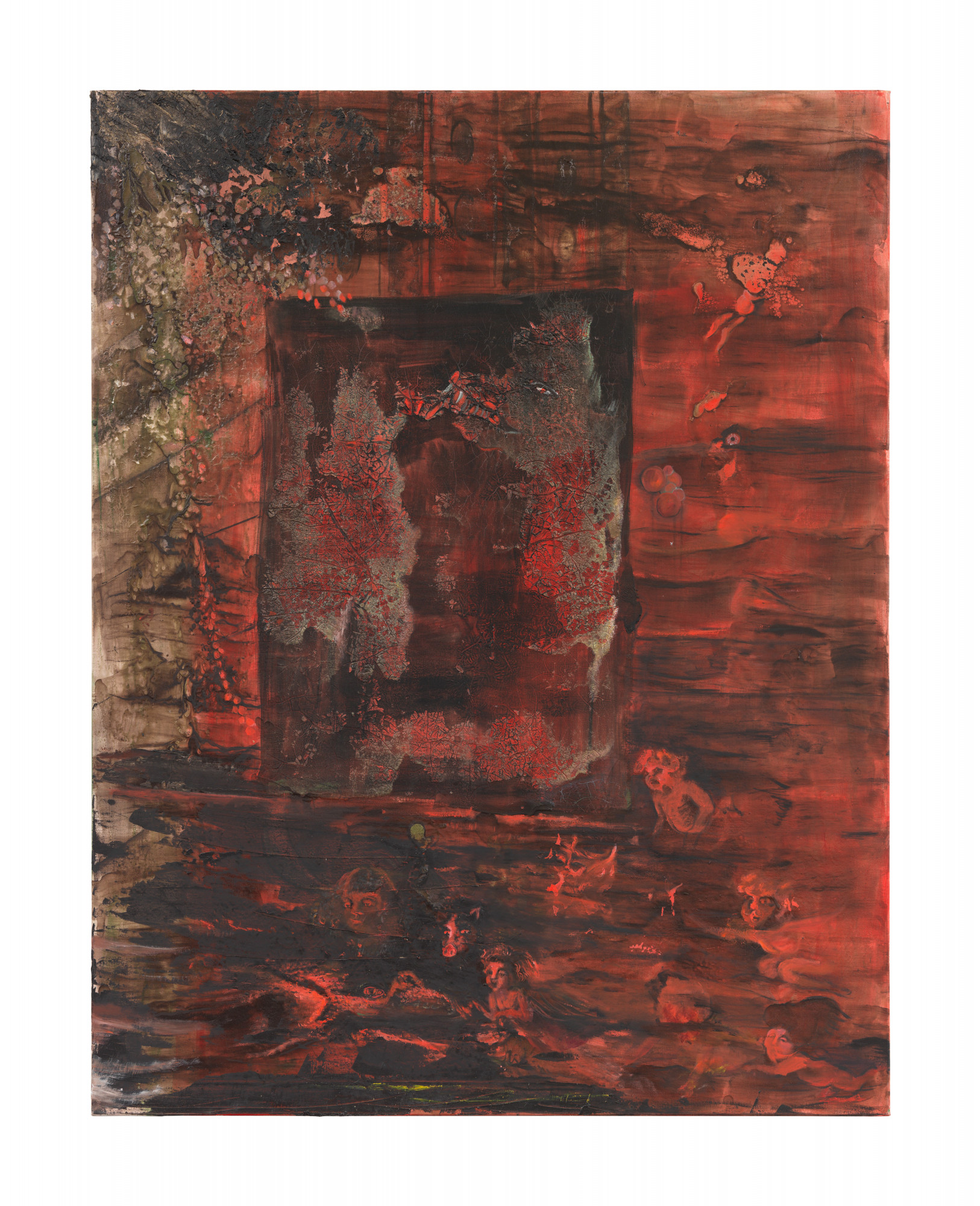
ohne Titel, 2016
oil on canvas
180 x 140 cm
70 3/4 x 55 in
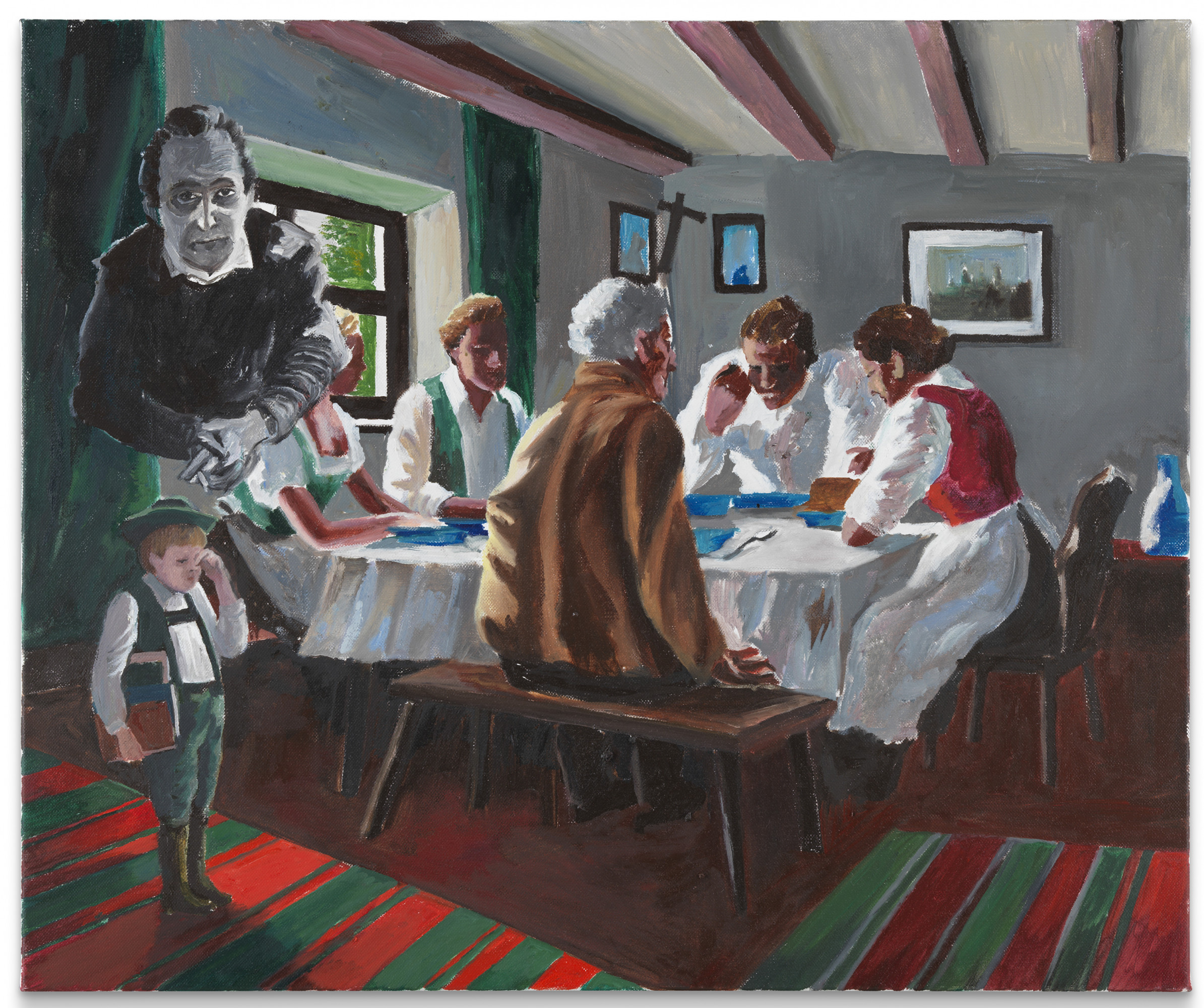
ohne Titel, 2016
oil on canvas
50 x 60 cm
19 2/3 x 23 2/3 in
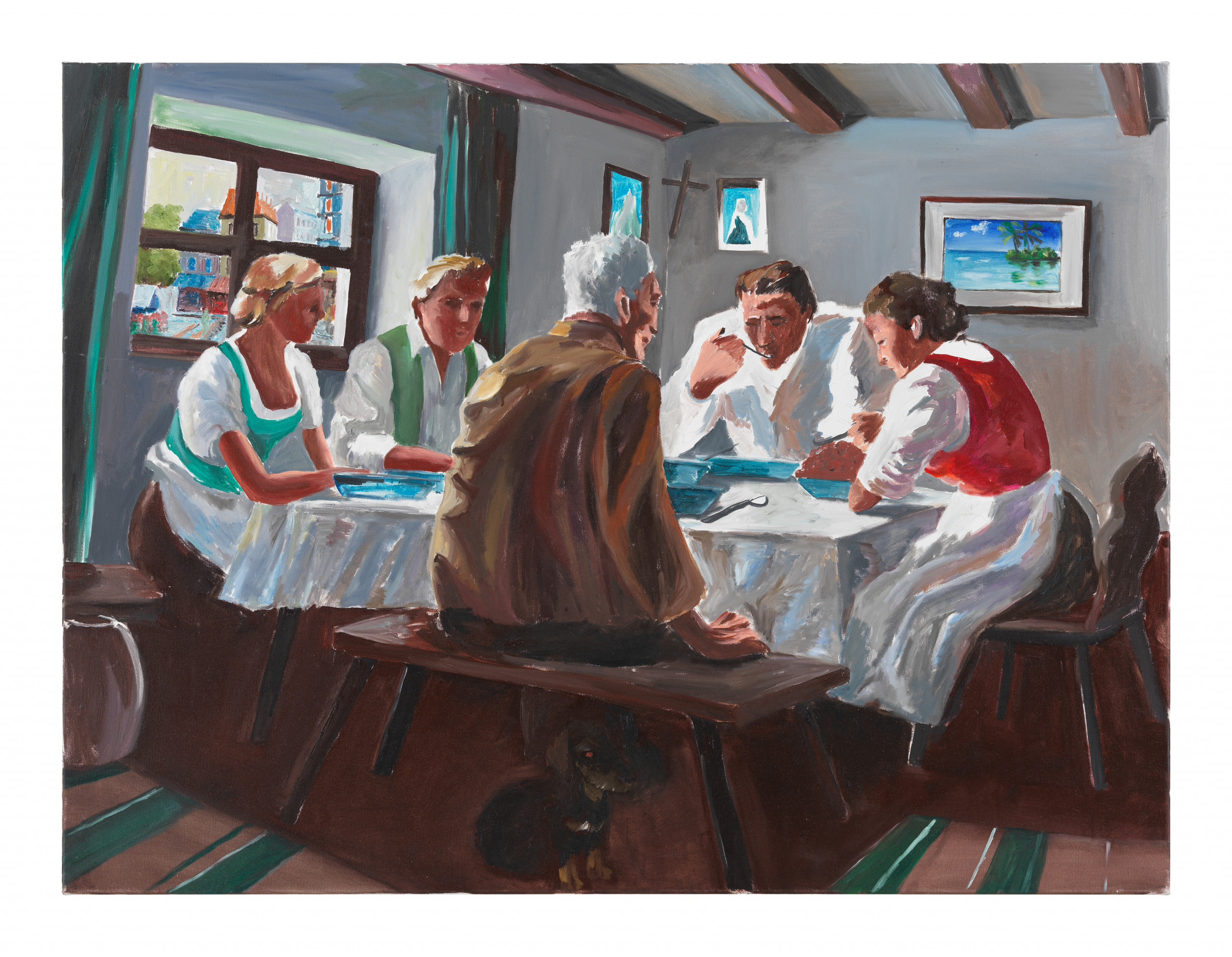
ohne Titel, 2016
oil on canvas
90 x 120 cm
35 1/2 x 47 1/4 in

ohne Titel, 2016
oil on canvas
140 x 200 cm
55 x 78 3/4 in
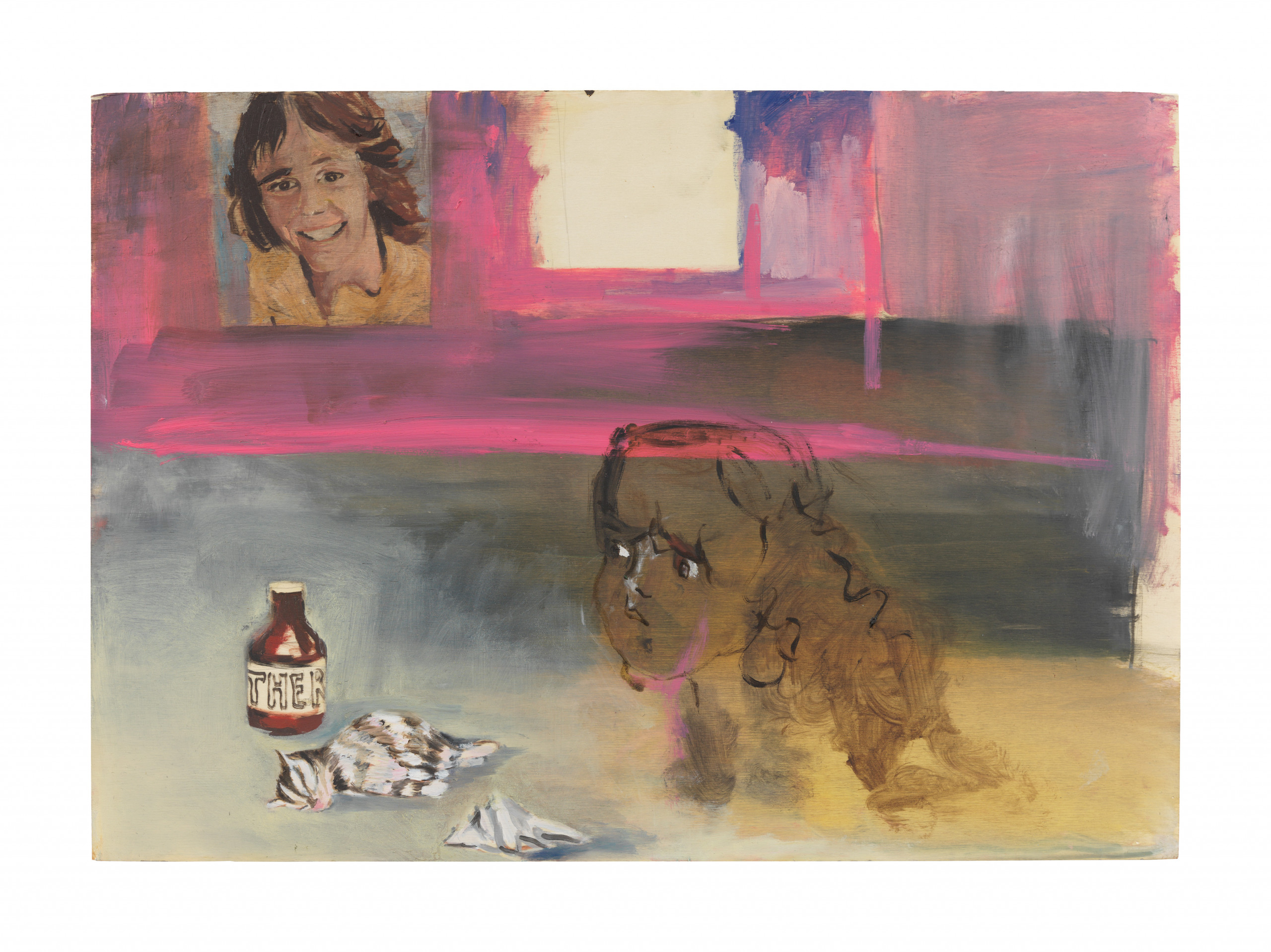
ohne Titel, 2016
oil on canvas
42 x 60 cm
16 1/2 x 23 2/3 in
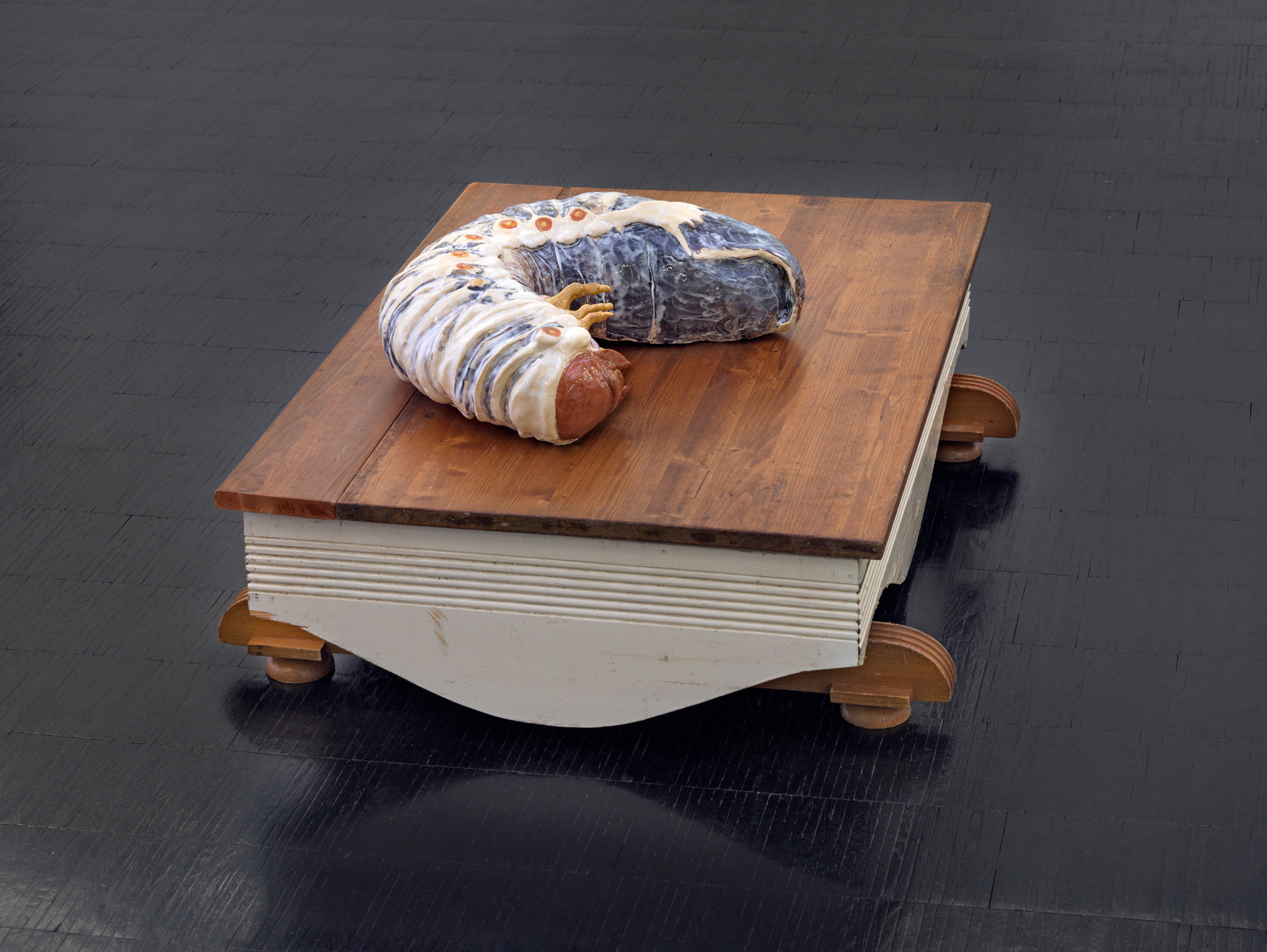
ohne Titel, 2016
glazed ceramic, wood
ceramic: 14 x 35 x 40 cm
furniture (in collaboration with Lucio Auri): 26 x 60 x 90 cm
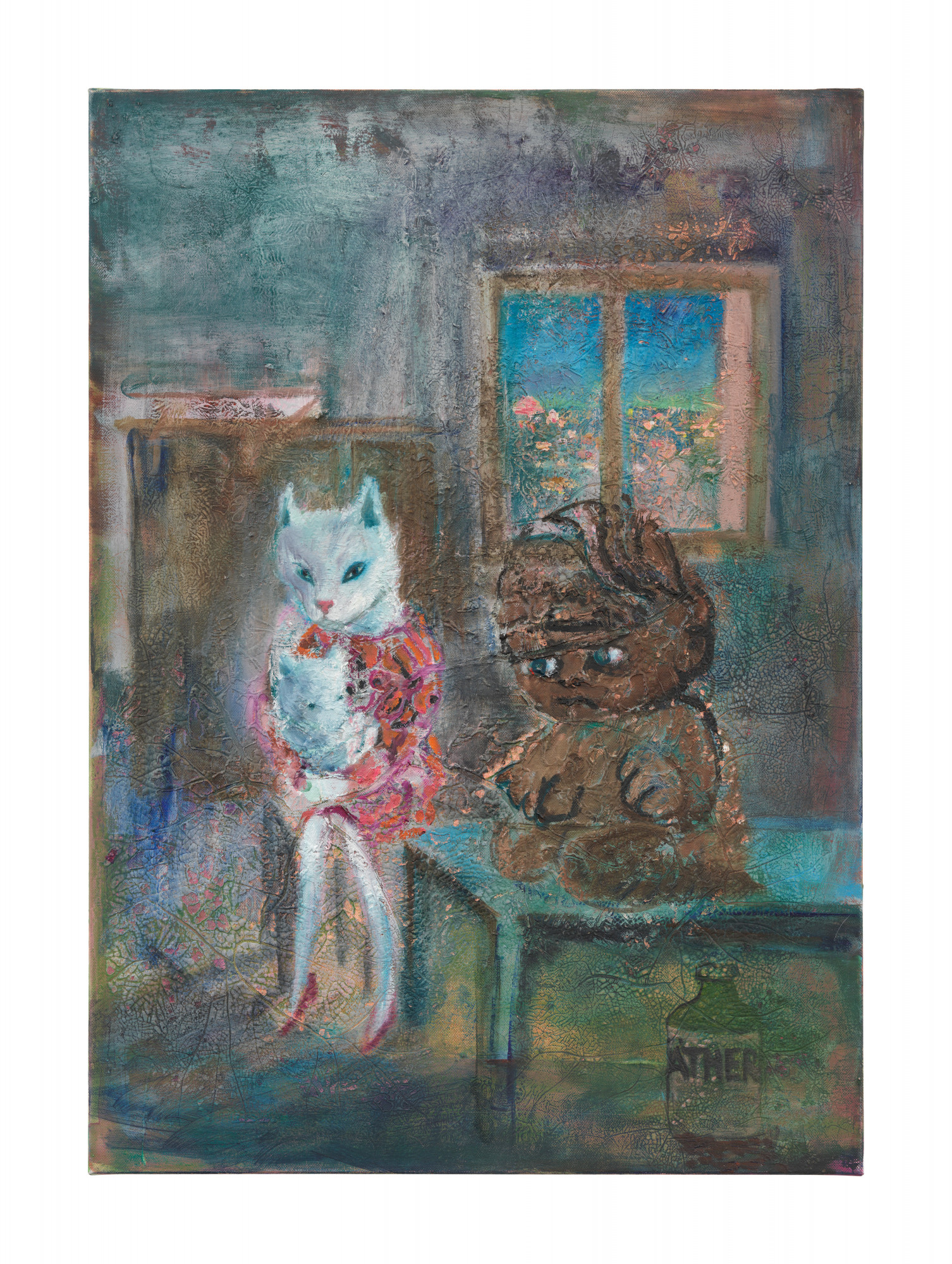
ohne Titel, 2016
oil on canvas
70 x 50 cm
27 1/2 x 19 2/3 in
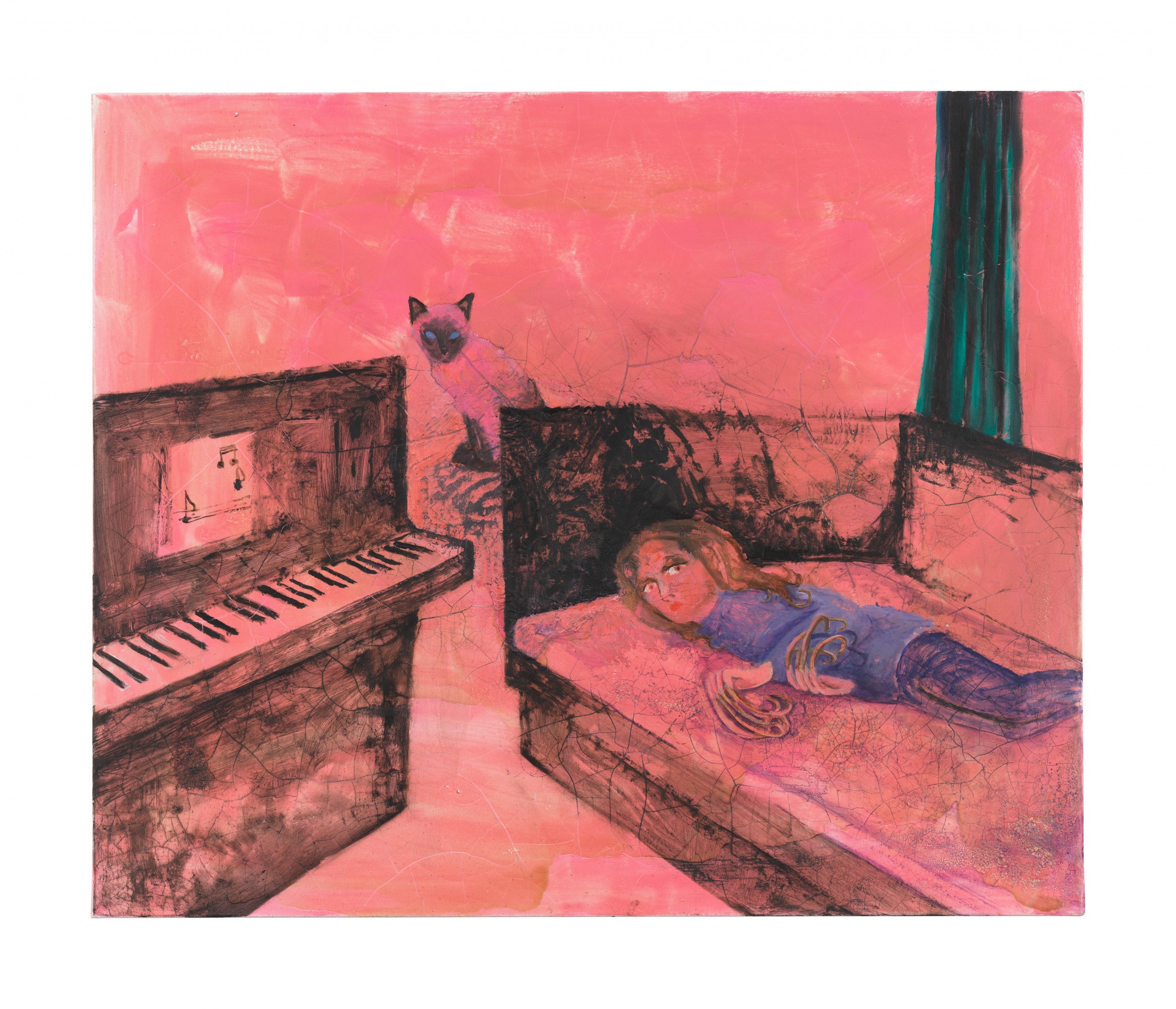
ohne Titel, 2016
oil on canvas
100 x 120 cm
39 1/3 x 47 1/4 in

ohne Titel, 2016
oil on hardboard
92 x 123 cm
36 1/4 x 48 1/2 in
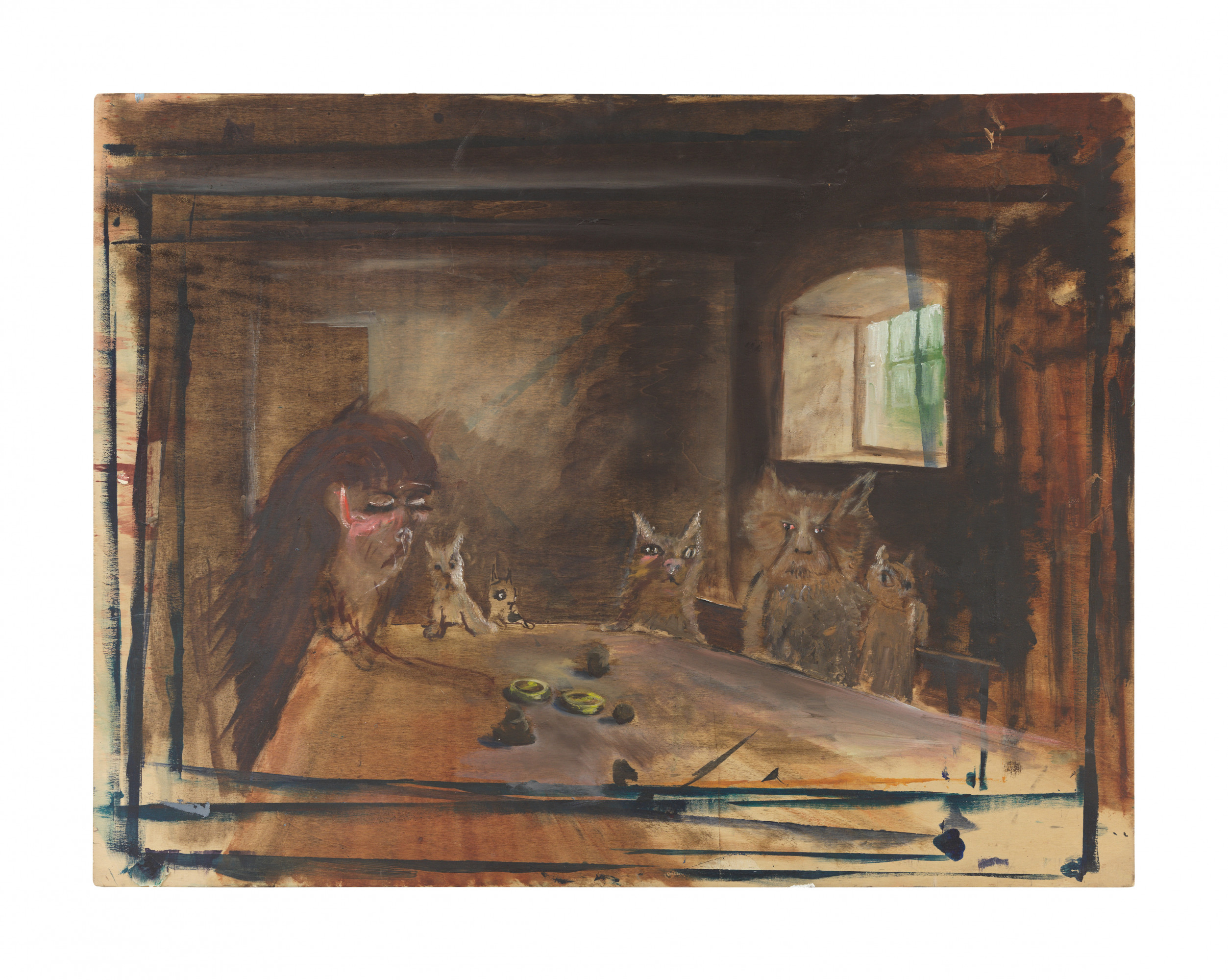
ohne Titel, 2016
oil on wood
73 x 94 cm
28 3/4 x 37 in
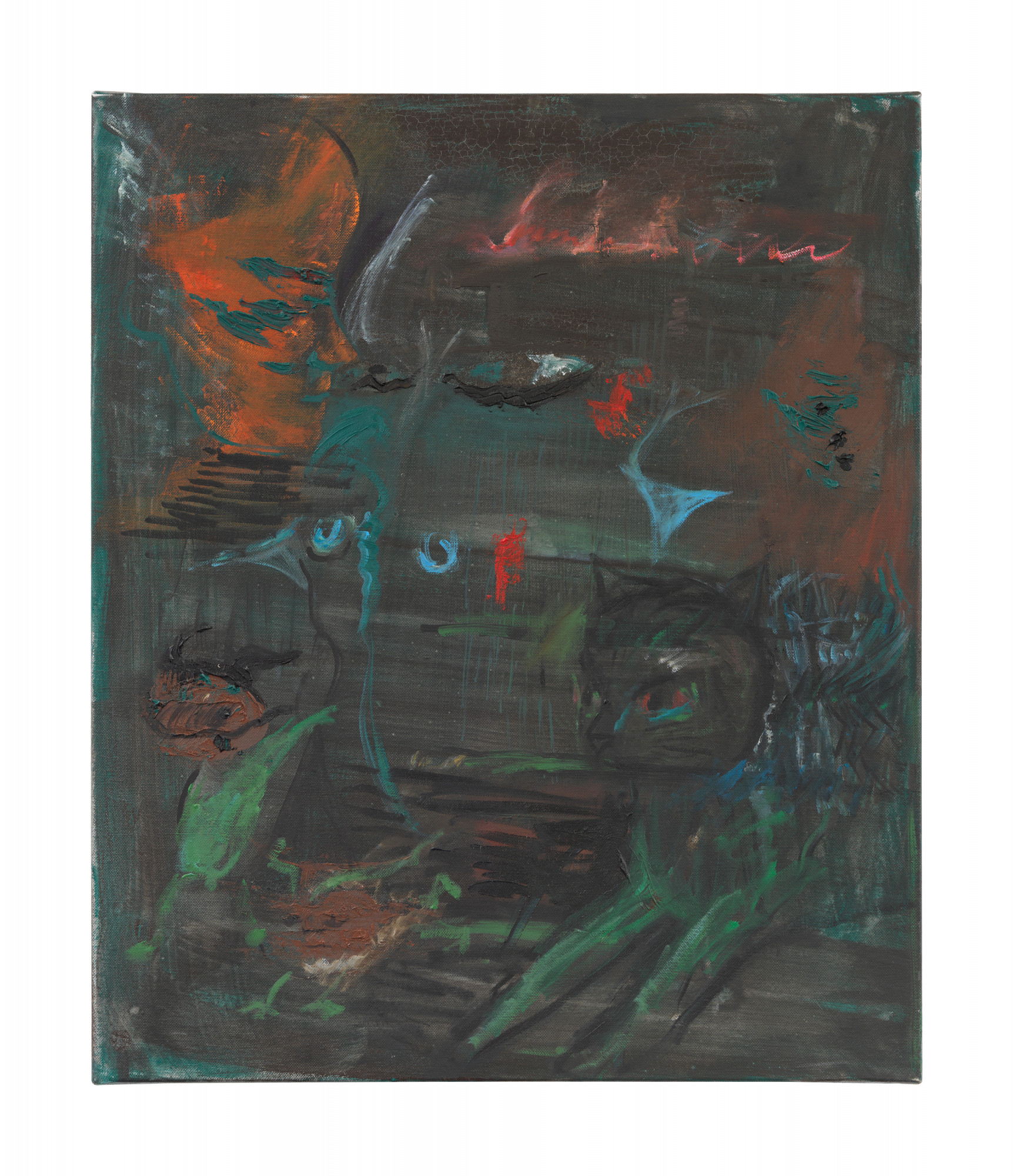
Ohne Titel, 2016
oil on canvas
60 x 50 cm
23 2/3 x 19 2/3 in

Ohne Titel, 2016
oil on canvas
60 x 50 cm
23 2/3 x 19 2/3 in

Ohne Titel, 2016
oil on canvas
60 x 50 cm
23 2/3 x 19 2/3 in
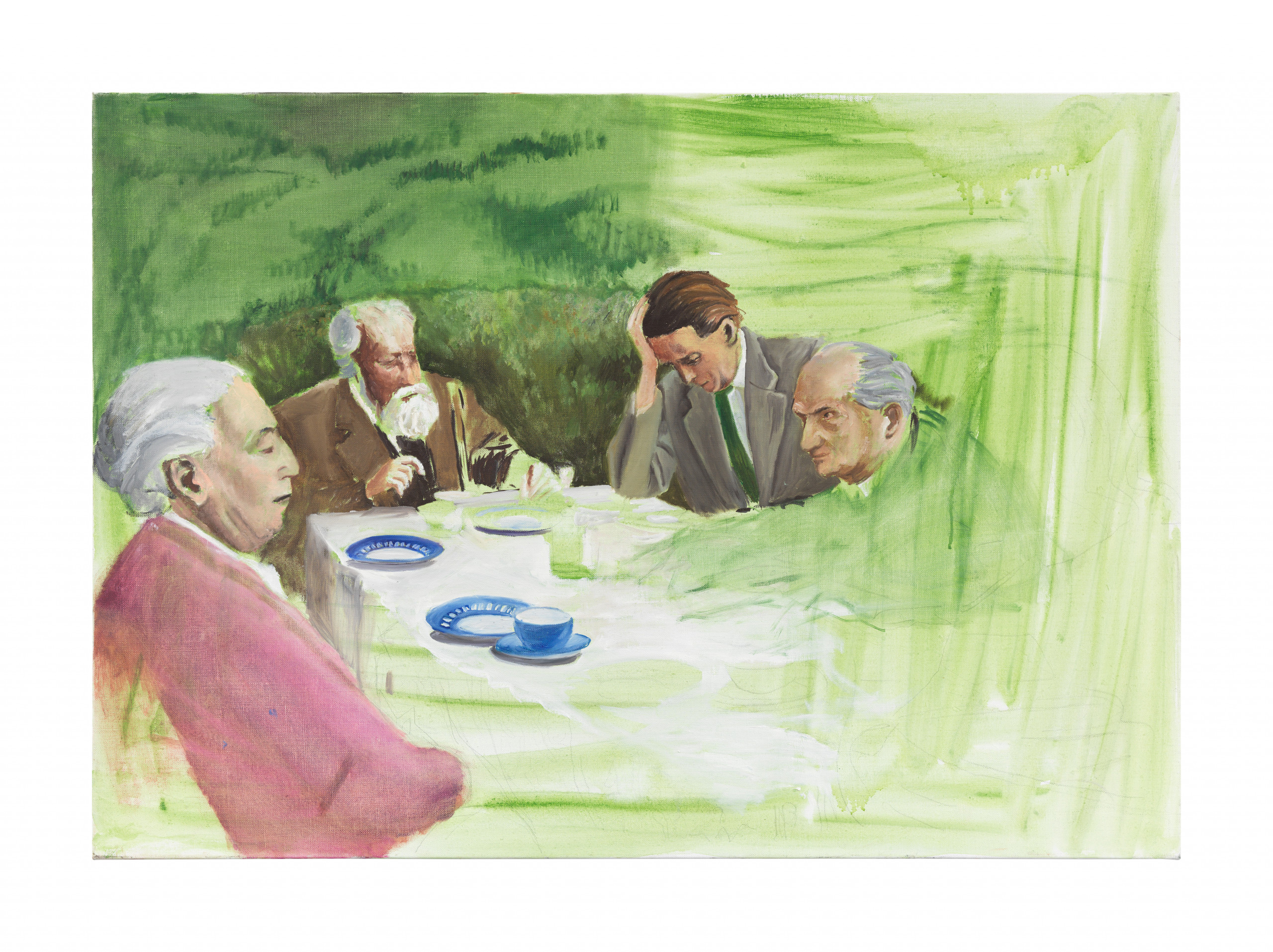
ohne Titel, 2016
oil on canvas
70 x 100 cm
27 1/2 x 39 1/3 in
